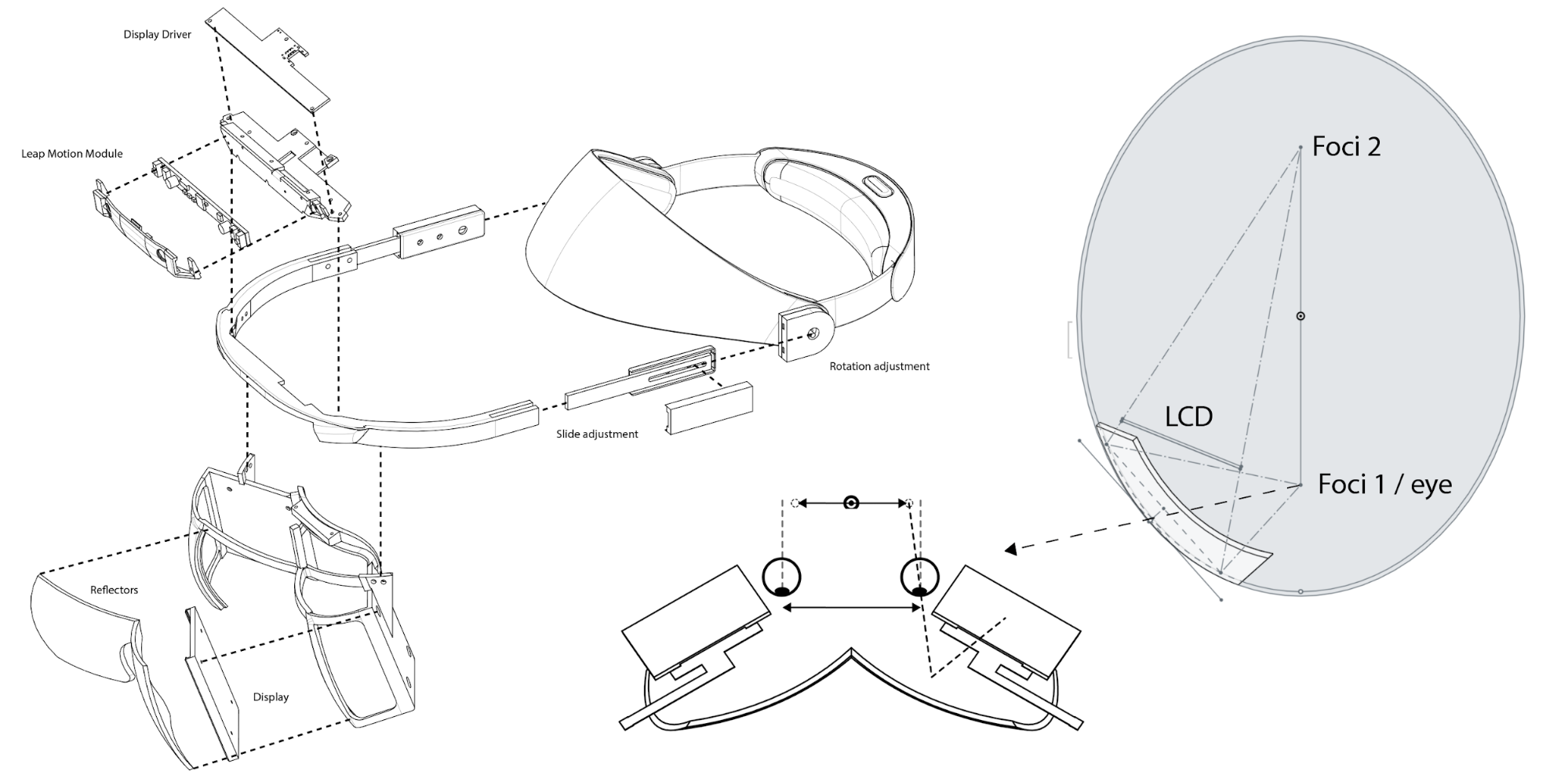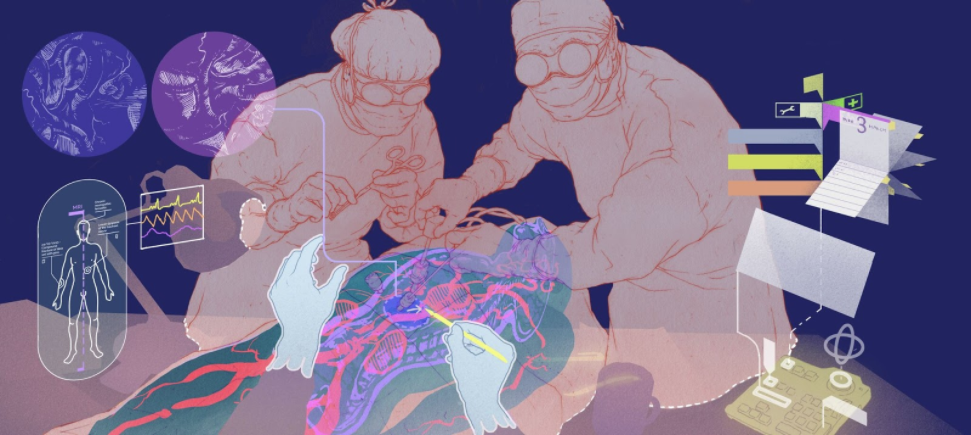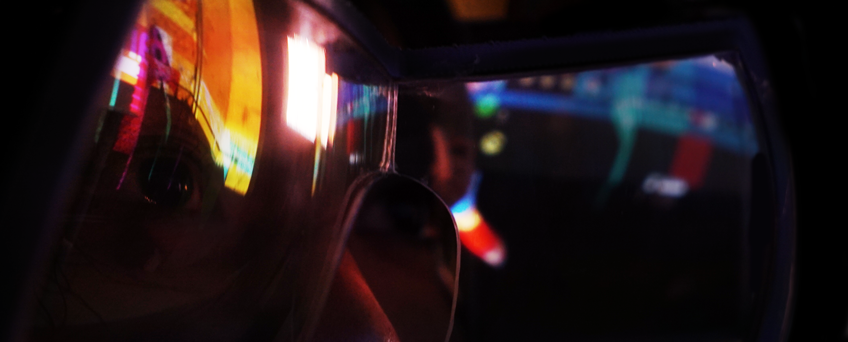Leap Motion is a company that has always been focused on human-computer interfaces.
The fundamental limit in technology is not its size or its cost or its speed, but how we interact with it. Click To TweetWe believe that the fundamental limit in technology is not its size or its cost or its speed, but how we interact with it. These interactions define what we create, how we learn, how we communicate with each other. It would be no stretch of the imagination to say that the way we interact with the world around us is perhaps the very fabric of the human experience.
We believe that this human experience is on the precipice of a great change.
The coming of virtual reality has signaled a great moment in the history of our civilization. We have found in ourselves the ability to break down the very substrate of reality and create ones anew, entirely of our own design and of our own imaginations.
As we explore this newfound ability, it becomes increasingly clear that this power will not be limited to some ‘virtual world’ separate from our own. It will spill out like a great flood, uniting what has been held apart for so long: our digital and physical realities.
In preparation for the coming flood, we at Leap Motion have built a ship, and we call it Project North Star.
North Star is a full augmented reality platform that allows us to chart and sail the waters of a new world, where the digital and physical substrates exist as a single fluid experience.
The first step of this endeavor was to create a system with the technical specifications of a pair of augmented glasses from the future. This meant our prototype had to far exceed the state of the art in resolution, field-of-view, and framerate.
North Star is a full augmented reality platform that allows us to chart and sail the waters of a new world, where the digital and physical substrates exist as a single fluid experience. Click To TweetBorrowing components from the next generation of VR systems, we created an AR headset with two low-persistence 1600×1440 displays pushing 120 frames per second with an expansive visual field over 100 degrees. Coupled with our world-class 180° hand tracking sensor, we realized that we had a system unlike anything anyone had seen before.
All of this was possible while keeping the design of the North Star headset fundamentally simple – under one hundred dollars to produce at scale. So although this is an experimental platform right now, we expect that the design itself will spawn further endeavors that will become available to the rest of the world.
To this end, next week we will make the hardware and related software open source. The discoveries from these early endeavors should be available and accessible to everyone.
We’ve got a long way to go still, so let’s go together.

We hope that these designs will inspire a new generation of experimental AR systems that will shift the conversation from what an AR system should look like, to what an AR experience should feel like.
Over the past month we’ve hinted at some of the characteristics of this platform, with videos on Twitter that have hit the front page of Reddit and collected millions of views from people around the world.
Over the next few weeks we will be releasing blog posts and videos charting our discoveries and reflections in the hope that this will create an evolving and escalating conversation around the nature of this new world we’re heading towards.

It's time to shift the conversation from what an AR system should look like, to what an AR experience should feel like. Click To TweetWe’re going to take a bit of time to talk about the hardware itself, but it’s important to understand that, at the end of the day, it’s the experience that matters most. This platform lets us forget the limitations of today’s systems; it lets us focus on the experience, the software and the interface, which is the core of what Leap Motion is about.
The journey towards the hardware of a perfect AR headset is not complete and will not be for some time, but Project North Star gives us perhaps the first glimpse that we’ve ever had. It helps us ask the right questions, find the right answers and start to chart the course to a future we all want to live in, where technology empowers humanity to solve the problems of today and those to come.
NEXT: Our Journey to the North Star
Update: The North Star headset is now open sourced! Learn more ›



